MENU
Learn the philosophy and practice of Zazen directly from a Zen monk.
This experience is more than just meditation—sitting quietly and clearing your mind. Instead, you will explore the essential meaning of Zazen and discover why the simple act of sitting holds profound significance.
Life inevitably brings challenges, uncertainties, and emotional fluctuations. How do we embrace and live with them ?
This Zazen session may offer you invaluable insights toward achieving exactly that. Beyond religious boundaries, Zen offers a pure way of perceiving and thinking, cherished since ancient times. You may find that the heart of Zazen is fundamentally quite simple and accessible.
We invite you to carry what you gain from this session into your everyday life, practicing mindful sitting in diverse settings and moments.
| Schedule | Early Morning |
|---|---|
| Time | Approximately 60 min |
| Price | 70,000 JPY for up to 4 people. Additional 10,000 JPY per person (for 5+) |
| Place | Guests staying in Room 104: Tea ceremony Room Guests staying in other rooms: Roof top *Rainy day: An alternative location |
| Suggested Application Deadline | 1 month before *Please call us directly for last-minute applications. |
| Important Information | Upon confirmation of your booking, a 100% cancellation fee for the Zazen experience will be incurred, regardless of your guest room cancellation status. Please note that even after the schedule is finalized, the date or the experience itself may be changed or cancelled due to the monk's circumstances. If the cancellation is due to the monk's circumstances, no cancellation fee will be charged to you. |
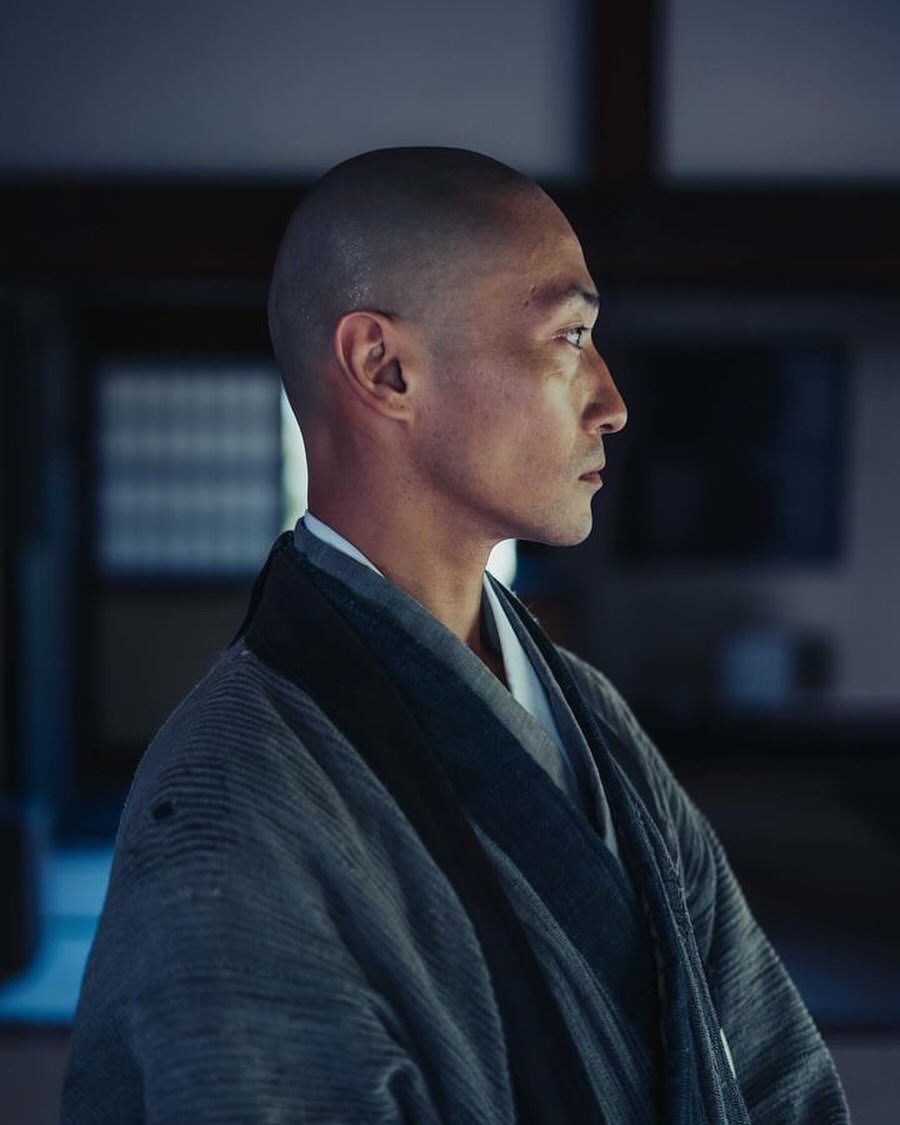
This is not a program designed to teach knowledge or techniques of the tea ceremony in a step-by-step manner.
Rather, it is an experience that invites you to quietly immerse yourself in the philosophy cherished by those who came before us—the calm and mindful attention to the present moment.
In the dimly lit atmosphere of a traditional machiya townhouse, the soft sound of charcoal crackling, the steam rising from the kettle, and the candlelight casting shadows on the tea bowl…
As you sit within this serene space, you may find your thoughts naturally turning inward.
This moment of quiet introspection closely mirrors the purpose of Zen meditation: to observe the self.
We encourage you to simply surrender to the subtle shifts in mood and sensation.
Why does this time feel comforting—or perhaps, unsettling?
Somewhere within that question lies the essence of this experience.
This is a rare opportunity to encounter the spirit of tea not as a cultural performance, but as a way of being—rooted in stillness, attention, and presence.
*For a deeper and more receptive experience, we recommend taking part in our “Private Zen Meditation” program prior to this one.
Cultivating stillness through meditation may help open the mind to the quiet richness that the tea ceremony holds.
| Schedule | Afternoon (Recommended night time) |
|---|---|
| Time | 45 min. (Travel time 15 min) |
| Price | 70,000 JPY (up to 6 people) |
| Suggested Application Deadline | 1 week before. *Please call us directly for last-minute applications. |
| Important Information | This experience is designed to offer insight into the spiritual essence of the Japanese tea ceremony. It is not a lesson focused on formal etiquette or step-by-step instruction. If you are seeking to learn about the detailed procedures or traditional manners, we would be happy to introduce other tea ceremony programs more suited to that purpose. Please feel free to inquire. |
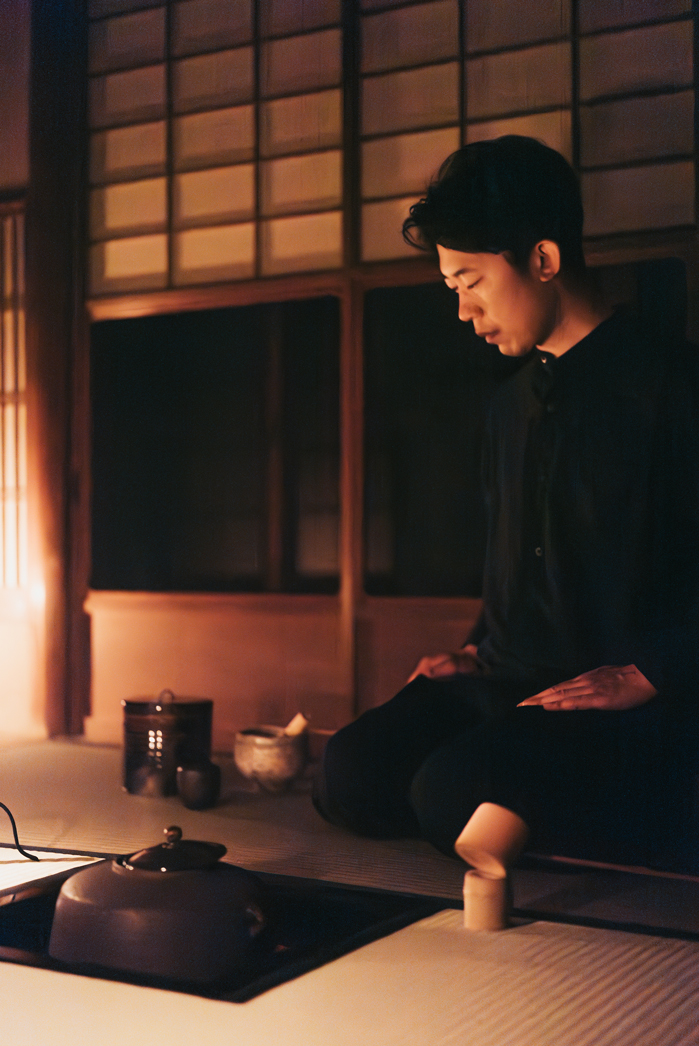
Around Kyoto, an expansive network of well-maintained trekking courses stretches for over 150 km. From this extensive network, we will suggest a route tailored specifically to your preferences.
While Kyoto is renowned worldwide for its historical attractions, but just beyond the familiar sights lie lush mountains and vibrant natural landscapes waiting to be explored. We invite you to leave the city's hustle and bustle behind and immerse yourself in the tranquility of the forest.
Pause to listen to the gentle melodies of birdsong and feel the warmth of sunlight filtering softly through the leaves. As you walk deliberately and mindfully through the forest, let your senses reconnect with nature's simple yet profound pleasures. We sincerely hope that this experience will inspire you to bring a sense of mindful connection back into your everyday life after your visit to Kyoto.
Please note that a hotel staff member will accompany you throughout this experience to guide and assist you along your chosen course.
| Schedule | Daytime |
|---|---|
| Time | Varies depending on the course. Please feel free to consult with our staff. |
| Price | 10,000 JPY per hour. |
| Place | Depends on course |
| Suggested Application Deadline | 1 week in advance. *Subject to the guide's schedule, booking the day before may be possible. |
| Important Information | We do not provide rental wear or shoes for this plan. In case of rain or other conditions where ensuring safety is difficult, the activity will be cancelled. Guests are responsible for ensuring their own safety. Guests are required to arrange any necessary insurance, such as mountain insurance, by themselves in advance. The hotel assumes no responsibility for any accidents, incidents, or injuries sustained during the trek. |

Gomagyō has been performed by people with strong wishes and resolves, dating back to ancient times when Buddhism was deeply connected to people's lives, and continuing to modern athletes, professionals, and the general public today. This experience at SOWAKA is characterized by performing Gomagyō as an authentic practice of Esoteric Buddhism, not merely as a cultural experience. As it is part of the practice, participants will be asked to practice the Heart Sutra (Hannya Shingyo) and the Fudo Myoo mantra. Furthermore, since the sutra and mantra will be chanted in Japanese, we will send materials with pronunciation instructions in advance to guests who are not Japanese speakers.
Sitting in front of the fire kindled before your eyes, single-mindedly continue strongly wishing for your resolves and wishes to be fulfilled. You should be able to understand why people in ancient times held such deep reverence for fire.
In front of the pure flame, face your inner self and feel a connection with a larger presence. Please experience this special time of becoming one with the Buddha.
| Schedule | Daytime |
|---|---|
| Time | Experience: Approx. 2 hours Travel: 2 hours (round trip) |
| Price | 45,000 JPY per person *Additional charge: 29,500 JPY for taxi fare |
| Place | Small temple at northern pert of Kyoto |
| Suggested Application Deadline | Two weeks in advance *Please note that last-minute bookings cannot be accepted. |
| Important Information | If your religion has restrictions on participating in the religious practices of other faiths, please refrain from participating. Please understand this is performed as an ascetic practice, not merely an experience. On the day of the ceremony, you will wear monk's robes provided by the temple. As smoke odor will cling to your clothes, please wear something you don't mind getting dirty. Please refrain from participating if you are sensitive to smoke. |
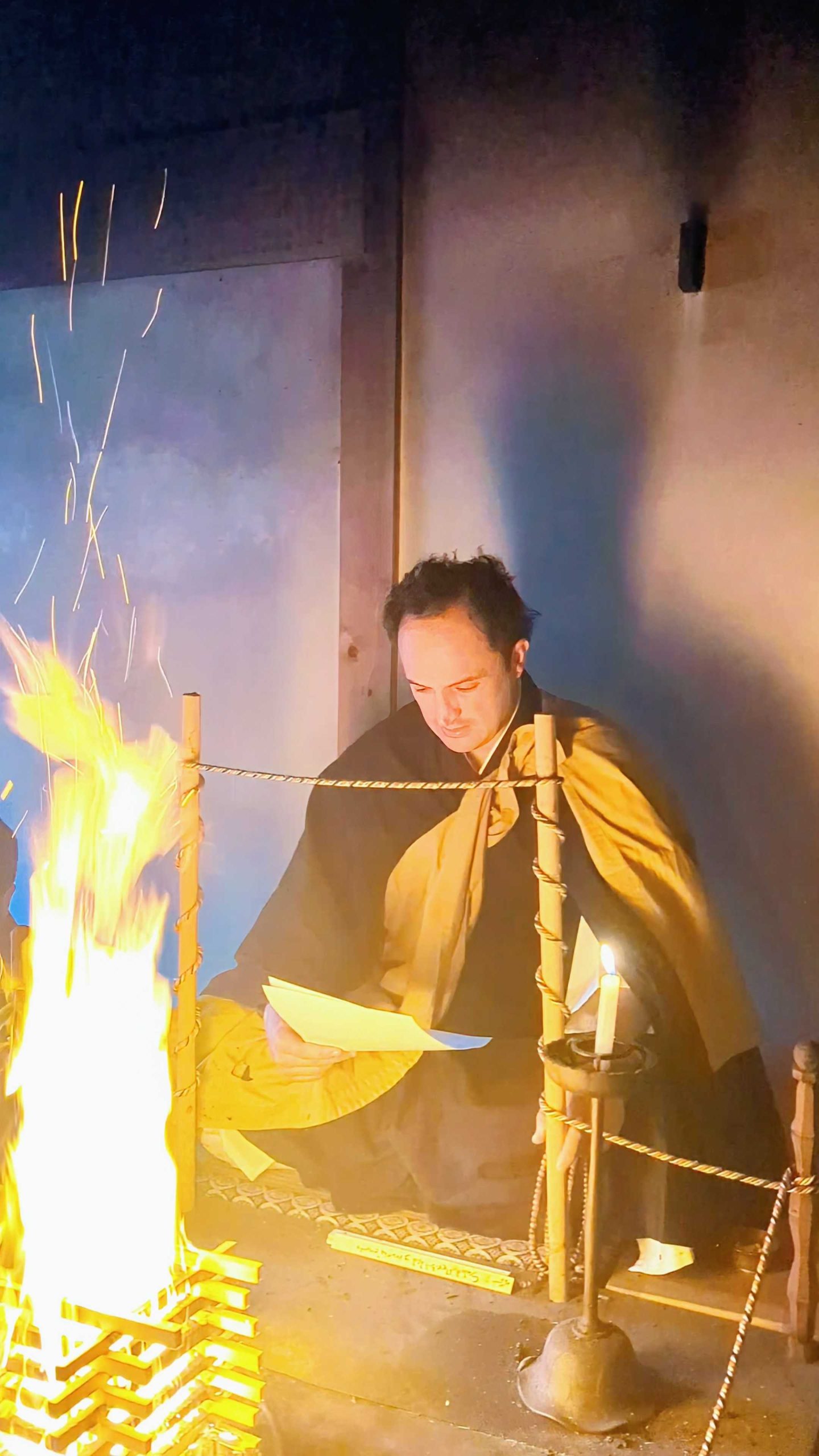
The Gion area where SOWAKA is located is filled with a tranquil atmosphere, different from the hustle and bustle of daytime.
As your yoga session on the rooftop, performed while listening to the birds singing from Higashiyama, is completely private, you can participate without worrying about being watched.
Experience the joy of starting a new day by practicing yoga bathed in sunlight. Feel the energy overflowing from within your body.
In this yoga lesson, we will adjust the content to match your level, from beginner to advanced practitioners.
| Schedule | Early Morning |
|---|---|
| Time | 60 min |
| Price | 30,000 JPY up to 2 people. Additional ¥15,000 per person |
| Place | Roof top *Rainy day: Lobby Lounge |
| Suggested Application Deadline | 1 week in advance *Please note that last-minute bookings may be difficult to accommodate. |
An early morning walk guided by SOWAKA staff. Walk through the tranquil town of Gion in the pre-dawn light, and we will guide you to Kiyomizu-dera Temple and Chion-in Temple.
In the serene hours untouched by the daytime crowds, feel the pulse of the ancient city and see the faces of the people living here, allowing you to experience Kyoto beyond its tourist attractions.
| Schedule | 5:45 am |
|---|---|
| Time | 90 min |
| Price | 13,000 JPY per room |
| Place | Kiyomizudera OR Chion-in temple |
| Suggested Application Deadline | Booking accepted until the day before. *Subject to guide availability, the walk may not be possible. |
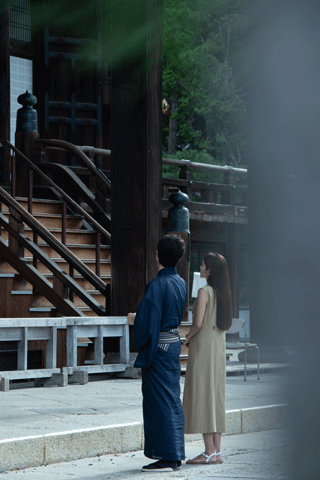
Take a tranquil walk through the ancient Tadasu no Mori forest of Shimogamo Shrine, followed by a private visit to the antique gallery curated by MASA—the artistic eye behind the aesthetic of SOWAKA.
Within this intimate space, carefully selected objects rest quietly, transcending mere display to offer new meaning and subtle richness to our daily lives.
Here, you will encounter more than just classic antiques.
Some pieces, once overlooked or dismissed as having little to no value, are brought into the light through MASA’s refined sensibility.
These seemingly forgotten items, shaped by the quiet passage of time, are reborn—not as decorations, but as objects that invite us to feel, to reflect, and to rediscover the idea of worth itself.
We invite you to take a moment to listen—gently and attentively—to what these objects might whisper.
Let them guide you into a deeper appreciation of beauty, and perhaps, bring a quiet richness to your everyday life.
| Schedule | Daytime |
|---|---|
| Time | 10:30 |
| Price | 15,000 JPY per room |
| Place | Shimogamo Shrine |
| Suggested Application Deadline | One week in advance *Consultation is required for booking the day before. |
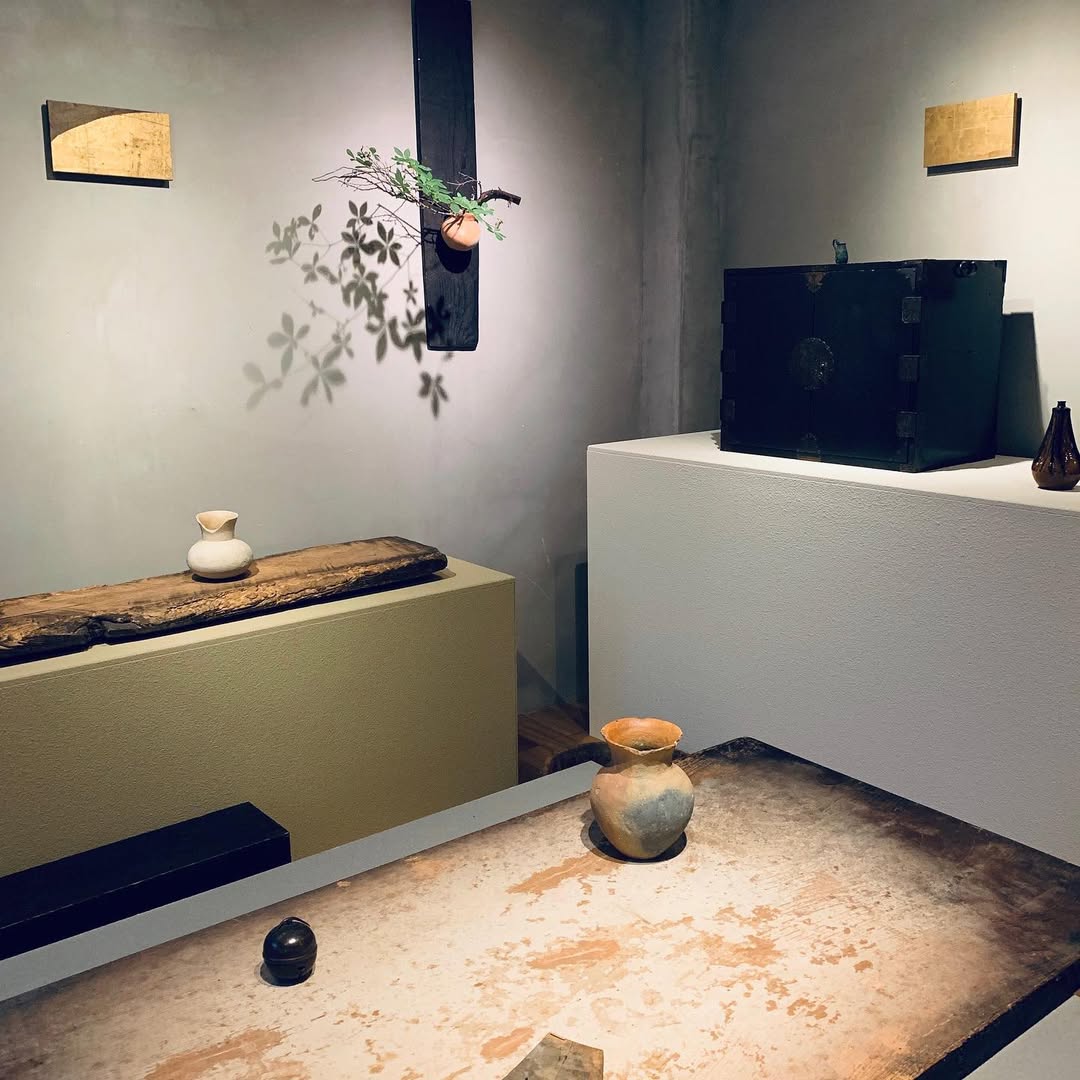
Beyond the curated plans introduced above, we are delighted to craft bespoke experiences to match your personal wishes.
Whether you seek to feel the living spirit of Kyoto, or witness the delicate artistry of its master craftsmen, we invite you to share your thoughts with us.
As your guide and bridge to this storied land, we are here to help you uncover the beauty that Kyoto quietly holds.
Please do not hesitate to let us know how we may be of service.